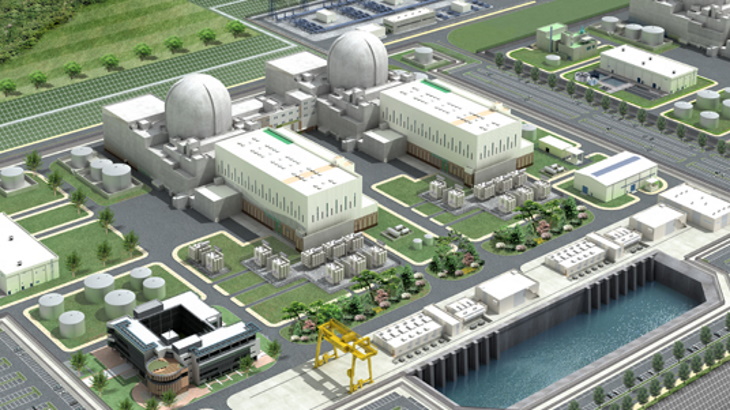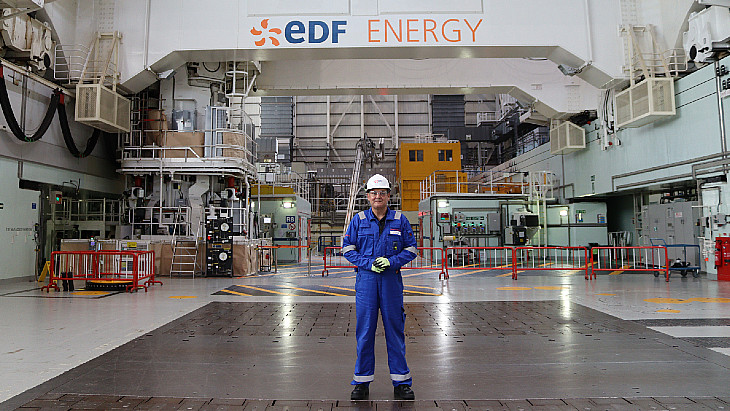US Administration issues Space Policy Directive
.jpg)
A White House memorandum issued yesterday establishes a national strategy to ensure the development and use of SNPP systems, which can power spacecraft for missions where alternative power sources are inadequate - for example, environments that are too dark for solar power or too far away to carry sufficient quantities of chemical fuels. SNPPs include radioisotope power systems, which use radioactive decay to generate electrical power or heat, and nuclear reactors, which generate energy through nuclear fission, typically of uranium fuel.
US space agency NASA has used radioactive power systems since the 1960s to help power spacecraft and landers in the outer solar system, the surface of Mars, and other environments where solar and other power sources are inadequate. They have been used in several Apollo missions to the Moon, and more recently in the Curiosity Mars rover, launched in 2011. NASA's Perseverance Mars rover, launched earlier this year and due to land on Mars in February, will be powered by a Multi-Mission Radioisotope Thermoelectric Generator. No space nuclear propulsion systems have been launched to date, but they are seen as necessary in the future to shorten travel times to Mars and elsewhere.
SPD-6 highlights four major fields in the areas of nuclear fuels, fissions reactors for surface power, thermal propulsion technology, and radioisotope power systems for space exploration. It sets goals to:
- Develop uranium fuel processing capabilities that enable production of fuel that is suitable to lunar and planetary surface and in-space power, nuclear electric propulsion and nuclear thermal propulsion applications, which - to maximise private-sector engagement and cost savings - should be developed "to enable a range of terrestrial as well as space applications, including future commercial applications".
- Demonstrate a fission power system on the surface of the Moon, that is able to support a sustained lunar presence and exploration of Mars.
- Establish the technical foundations and capabilities that will enable options for nuclear thermal propulsion to meet future mission requirements; and
- Develop advanced radioisotope power systems capabilities that provide higher fuel efficiency, higher specific energy, and longer operational lifetime, "thus enabling survivable surface elements to support robotic and human exploration of the Moon and Mars and extending robotic exploration of the solar system".
NASA Administrator Jim Bridenstine said the organisation "strongly supports" the White House's leadership on the Artemis programme, which aims to land US astronauts on the Moon in 2024. "At the Moon we will prepare for new science and human missions deeper into the solar system," he said. "SPD-6 bolsters the agency's efforts to develop affordable, safe, and reliable nuclear systems, including technology capable of continuously powering operations on other worlds and propelling future human missions to Mars."
"The Department of Energy (DOE) plays a critical role in providing the nuclear safety framework, allowing NASA and industry to utilise DOE expertise and capabilities to design, test, and certify nuclear technologies for space use," Secretary of Energy Dan Brouillette said. "SPD-6 emphasises the key role that space nuclear power and propulsion systems will play in advancing the US space capabilities over the next decade."
The DOE said it is already working with NASA, the US Department of Defense and industry on key areas within the policy, including the development of a high-assay, low-enriched uranium fuel production capability for future terrestrial and space applications; the design and deployment of a fission surface power reactor for lunar demonstration by 2027; advancing nuclear thermal propulsion technology; and developing next-generation radioisotope power systems to improve efficiency and productivity.
_92619.jpg)












